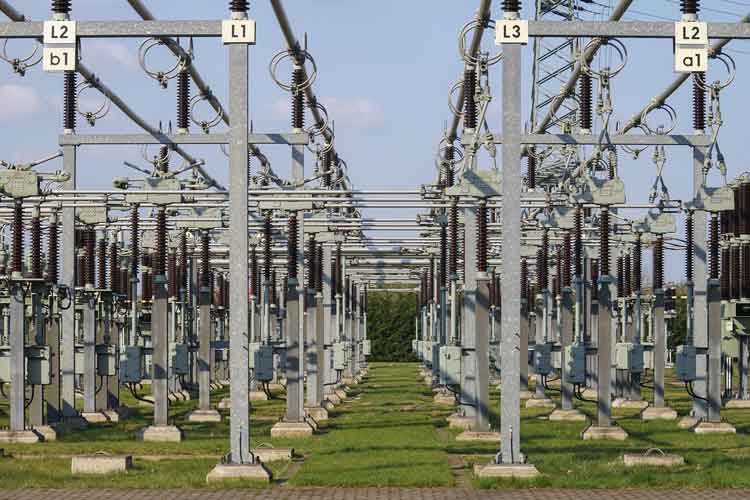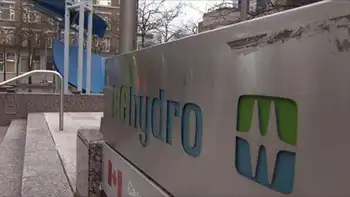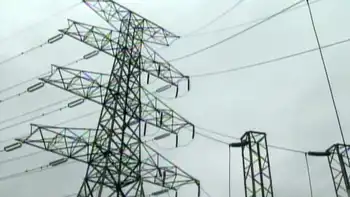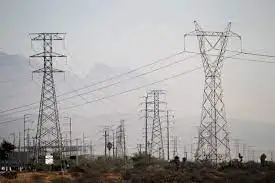PSC chair discusses regulation bill with lawmakers
By Associated Press
Substation Relay Protection Training
Our customized live online or in‑person group training can be delivered to your staff at your location.

- Live Online
- 12 hours Instructor-led
- Group Training Available
Douglas Nazarian, the PSC chairman, has been discussing the measure with members of the Senate Finance Committee for the past two days. The bill, which is backed by Gov. Martin O'Malley, would return some of the authority that the PSC lost as a result of Maryland's decision to deregulate in 1999.
Lawmakers, who have been besieged by e-mails and phone calls from constituents with high energy bills, have been interested in knowing how this legislation could spell relief.
"Passing this bill or not passing this bill is not going to materially move peoples' rates up and down this year or next year or the year after or probably the year after that," Nazarian said. "What it's going to do is change the way we manage the supply and demand mix, which over time will affect rates."
One of the main problems, supporters of re-regulation say, is that Maryland has not had significant power generation built in the state since 1992. Consequently, the state has to import more than 30 percent of its electricity from other states, which costs more.
A key part of the bill gives the PSC the ability not only to direct utilities to build power plants, but it also gives electric companies eminent domain to build on a site controlled by another company. Critics of the current system say some companies don't want to build more power plants, because they are benefiting from the existing market conditions.
"This bill would allow us not only to direct somebody to build but would allow us to give them the authority to go get the good site to build on, so we wouldn't be subject to market forces in that regard," Nazarian said.
Some senators on the committee, however, have expressed wariness about moving quickly on the bill.
Sen. Kathy Klausmeier, D-Baltimore County, pointed out that lawmakers spent far longer studying the idea of deregulation before making a decision on the complicated issue, a decision many concede was a mistake even with the long deliberation.
"We have tons and tons of questions, and I think it's something that we have to take a real good hard look at it before we just jump into it," Klausmeier said in an interview. "The question is, if we go into a re-regulated system again and the prices of electricity go up or they stay they same, is that the real answer?"
Sen. Rob Garagiola, D-Montgomery, also has questions about the measure. He pointed out that other deregulated states are seeing new power plants developed, and he said he has become "far less convinced that we need to do this."
"I'm not convinced necessarily that pushing this legislation forward and saying we want to go back to re-regulation is going to be better for the ratepayers from a cost perspective," Garagiola said, when Nazarian also discussed the bill with the committee.
Sen. E.J. Pipkin, who supports the bill, said he's optimistic it will move forward, despite the questions lawmakers have.
"This is a complicated issue," Pipkin, R-Cecil said. "There's always a lot of questions surrounding it. We're in the process of dealing with those questions, and now ultimately we think we can get that done."
Sen. James Rosapepe, who has been a loud voice for re-regulation in the Senate alongside Pipkin, also said he's upbeat.
"The factual case for re-regulation gets stronger every day the committee meets, so I'm optimistic that we've passed the beginning of the end of deregulation. Now we're just talking about the when and the how," Rosapepe said.











